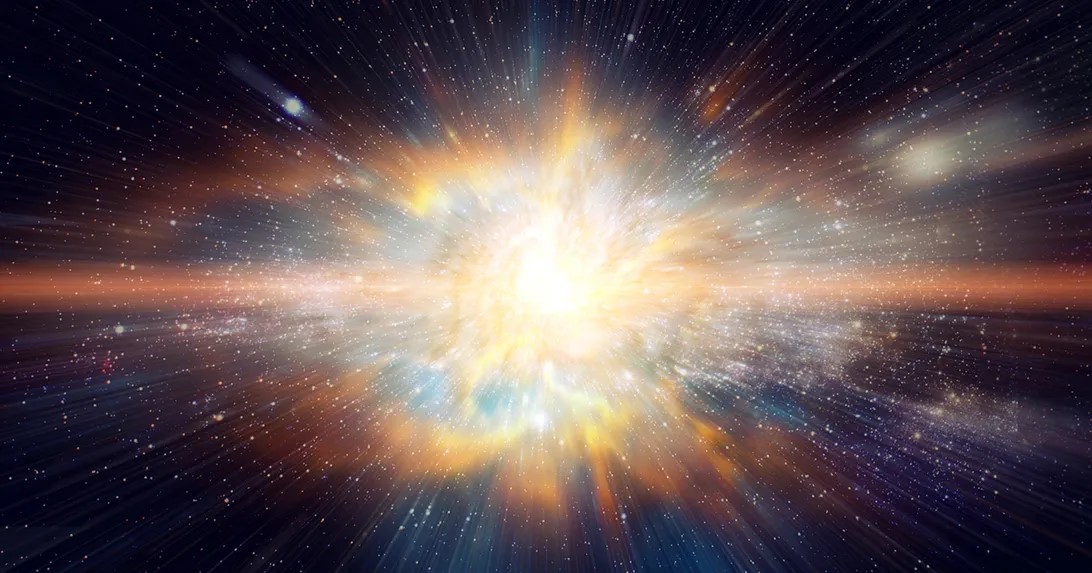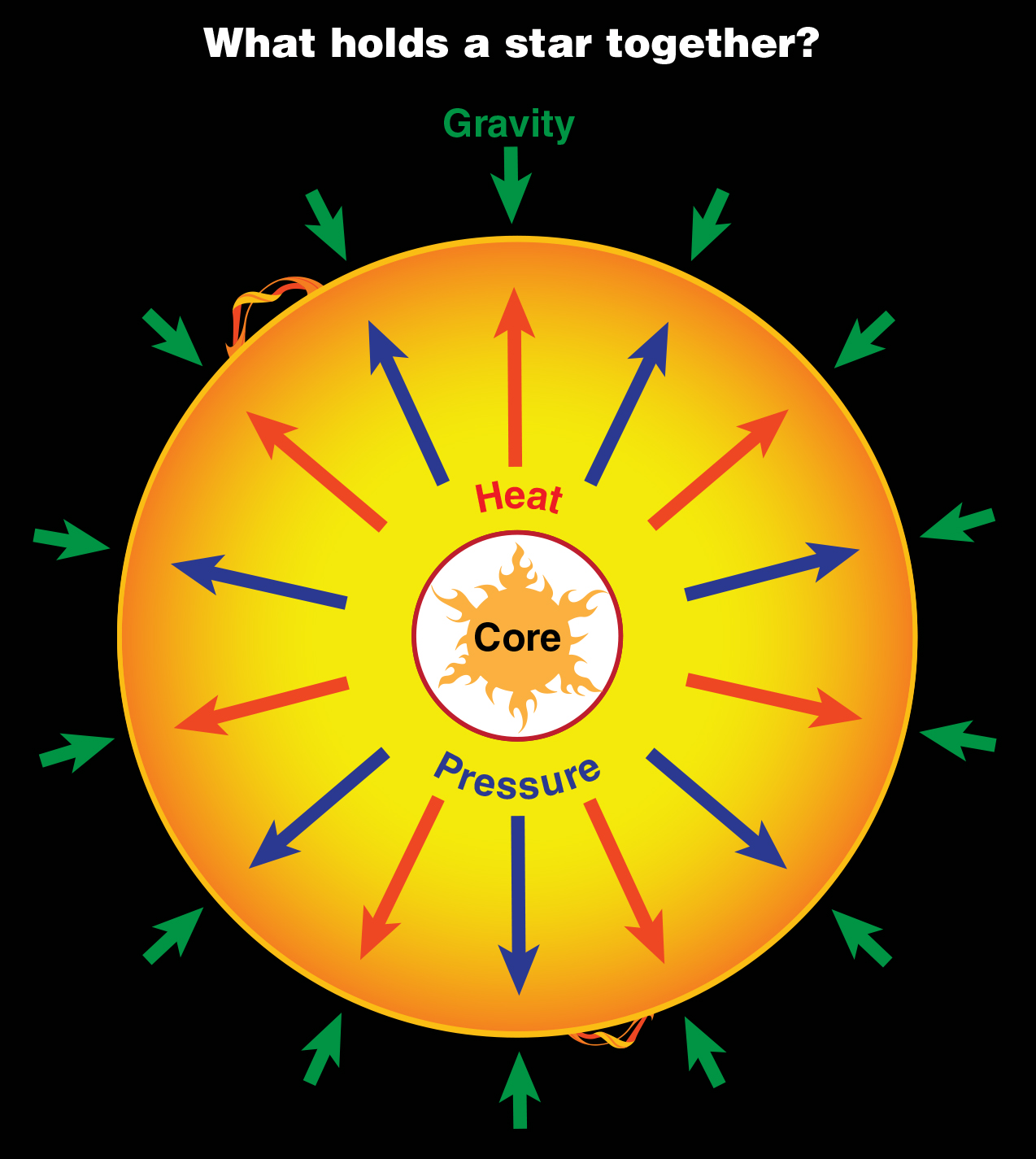Supernovas: When Stars Explode in the Ultimate Cosmic Fireworks

What is a Supernova?
Imagine a star so massive it could fit six million Earths inside it! When these gigantic stars run out of fuel, they end their lives in the most spectacular light show in the universe - a supernova. It's like a cosmic fireworks display that can briefly outshine an entire galaxy of billions of stars. The explosion is so powerful that it creates and scatters new elements like carbon, oxygen, and iron across space. The atoms in your body were forged in a supernova billions of years ago! You are made of stars!
Why does a star explode?
Inside every star, a battle is continuously raging. The star’s gravity pulls the star inward towards its center. But the nuclear fuel burning in the star’s core creates strong outward pressure - kind of like how a hot air balloon stays up by heating air. This outward push resists the inward squeeze of gravity. But when the star's fuel runs out,there's nothing left to fight gravity's pull.

Image Courtesy of NASA SpacePlace https://spaceplace.nasa.gov/supernova/en/
If the star is big enough, the dying star's core will collapse inward with unimaginable force, while its outer layers blast outward in an explosion that can be seen across millions of light-years.
Will the sun go supernova?
Don't worry, we're not in danger of the sun going supernova. The Sun isn’t anywhere near large enough. It would have to be at least 5 times bigger for a supernova to occur. Once the core of our Sun has burned all its fuel, it will likely become a red giant for a period before cooling down into a white dwarf.
Not all supernovas are created equal! Scientists have identified different types based on how they form:
Types of Supernovas
Type II Supernovas (Core Collapse)
These happen when massive stars run out of fuel. The star's core collapses, then rebounds in a spectacular explosion. This is probably what Ben witnessed in the story!
Type Ia Supernovas (White Dwarf Explosion)
These occur in binary star systems where a white dwarf star steals material from a companion star until it reaches a critical mass and explodes completely.
Why Are They Important?
Supernovas create and distribute heavy elements throughout the universe. The gold in your jewelry was likely created in a supernova billions of years ago!
Supernova Quick Facts
- Kepler's Supernova: The last visible supernova in our galaxy was observed in 1604
- Brightness: Can outshine an entire galaxy of 100 billion stars for weeks
- Energy release: More energy in 10 seconds than our Sun will produce in 10 billion years
- Speed: Explosion shockwave travels at 30,000 kilometers per second (67 million mph)
- Frequency: About 3 supernovas occur per century in a typical galaxy
- Distance safety: Dangerous to Earth only if within 25-50 light years
See a Supernova in Action
Watch this amazing simulation of a star's final moments as it explodes into a supernova. Created by European Space Agency scientists, this visualization shows exactly how these cosmic explosions happen!
Image Courtesy of ESA https://esahubble.org/videos/supernova_explosion_fd/
Supernovas in Thunder Cloud Summer
In our story, the supernova that Ben witnessed created several important effects:
- Cosmic ray shower: High-energy particles flooded Earth's atmosphere
- Enhanced aurora: The particles interacted with Earth's magnetic field
- Portal formation: The energy somehow opened a doorway between worlds
- Detector activation: Professor Shug's instruments detected the unusual particle shower
While we can't actually open portals to other worlds (yet!), supernovas do send massive amounts of energy and particles across the galaxy, sometimes affecting Earth's atmosphere and technology.
Try it Yourself!
The Balloon Supernova Model
Materials:
- Large balloon
- Confetti or small pieces of colored paper
- Funnel
- Pin or needle
- Safety glasses
Instructions:
- Using the funnel, put confetti inside the balloon
- Blow up the balloon (this represents the star's outer layers)
- Hold the balloon away from your face and others
- Pop the balloon with the pin (this is the supernova explosion!)
- Watch how the "stellar material" (confetti) spreads in all directions
What This Shows:
Just like the confetti spreads out when the balloon pops, a supernova explosion scatters stellar material across space. This material eventually forms new stars and planets!
Safety Note: Wear safety glasses and point the balloon away from people when popping it.
Want to Learn More?
- NASA Space Place - Supernovas - Kid-friendly supernova science
- Exploratorium Space - Interactive astronomy activities
- Hubble Space Telescope - Amazing supernova images and discoveries